3…2…1… Meltdown?
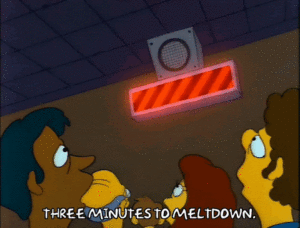 As a member of several online STEM groups, I have begun to notice many teachers and coaches are concerned about student meltdowns in the classroom. A bug in the code, a toppled building, or a failed experiment causes tears, frustration, anger, and immediate shutdown. When I see those posts, I am grateful Megan, our curriculum director, helped create a curriculum that addresses these issues from the start and makes our STEM classroom a safe space where students can learn and grow from failure.
As a member of several online STEM groups, I have begun to notice many teachers and coaches are concerned about student meltdowns in the classroom. A bug in the code, a toppled building, or a failed experiment causes tears, frustration, anger, and immediate shutdown. When I see those posts, I am grateful Megan, our curriculum director, helped create a curriculum that addresses these issues from the start and makes our STEM classroom a safe space where students can learn and grow from failure. 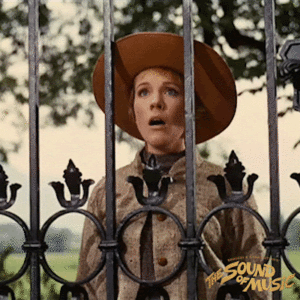 I still see an occasional meltdown, but thankfully, they are rare, and we have mechanisms in place to help students when they do happen. Here are some lessons, tips, and activities we have implemented to help our students fail successfully.
I still see an occasional meltdown, but thankfully, they are rare, and we have mechanisms in place to help students when they do happen. Here are some lessons, tips, and activities we have implemented to help our students fail successfully.
Start at the very beginning
Before we start our regular STEM curriculum, each grade begins with a “launch unit.” Not only does this give students time to learn the physical space where tools and supplies are located and the lab rules and procedures, but it sets the groundwork for the entire year. This year, each grade level started out with a picture book that would serve as the theme for the entire year. These are this year’s book selections:
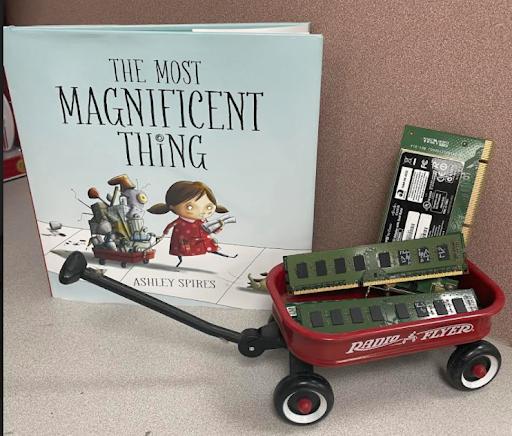
4th grade
The Most Magnificent Thing by Ashley Spires
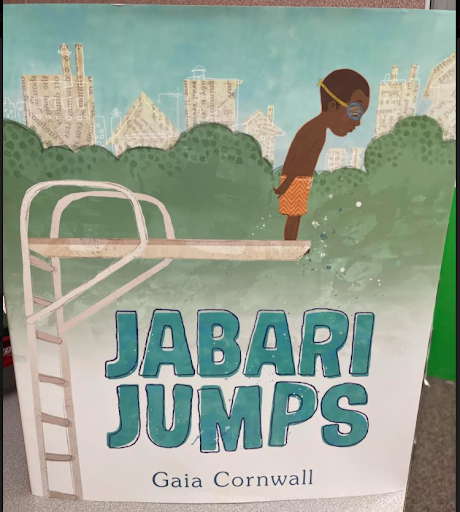
5th Grade
Jabari Jumps by Gaia Cornwall

6th Grade
Salt in His Shoes by Deloris Jordan and Roslyn Jordan
We spent time doing an interactive reading of the book and then completed a Nearpod Collaborate Board activity with students sharing how they felt the book might relate to STEM class. (We were prepared for some pushback from the students about reading books in STEM class or reading “baby” books, but students enjoyed the books and activities and did not complain.) Each book deals with the theme of persistence and continuing to try through failure and setback. This is how we set the tone from the very beginning of the year. The books remain on display in the classroom throughout the year and are referenced as needed with individual students or as a whole class. Students are always welcome to re-read them. I asked my librarian friends for help in selecting the books we use. If these are not to your liking, there are lists available on the internet with many more choices. This list of picture books about perseverance and grit by Picture Book Brain is a great resource. Next, students participated in an activity to help create their classroom environment. They discussed in small groups and then shared on post-its around the room how they wanted their classroom to look, sound, and feel. From these ideas, we crafted a STEM Class Agreement. It was remarkable how similar the wants and needs of the students were from class to class and grade to grade. All students signed the agreement. It is posted in the classroom, on the LMS, and is referenced at the beginning of each quarter and then as needed. As students get frustrated, they are reminded that our classroom is a safe space, and we support each other as we take risks.
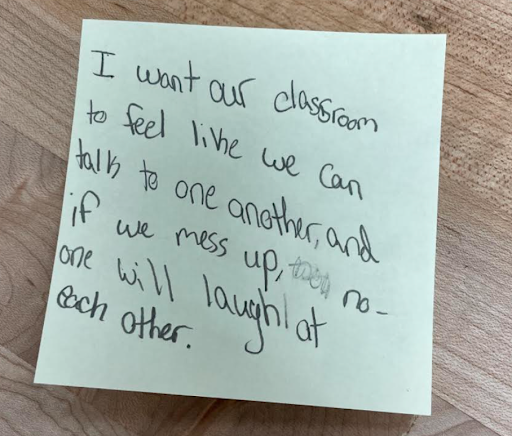
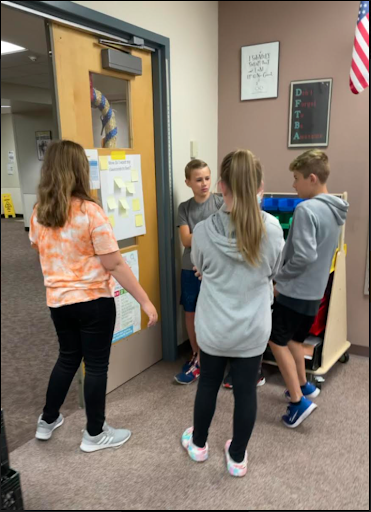
Our classroom will feel like a safe, positive place to learn: we will take risks, and we will support the risks and ideas of our classmates.
Set students up for…failure?
 The STEM learning activities we chose were challenging, and unless students were very lucky, they were not going to work perfectly the first time. From the very beginning, we taught students the engineering design process. Testing and redesigning are vital to this process. Students must plan their design before they create. I will offer suggestions, but I will not make them change it even if I know it won’t work as long as it fits in with the guidelines of the assignment.
The STEM learning activities we chose were challenging, and unless students were very lucky, they were not going to work perfectly the first time. From the very beginning, we taught students the engineering design process. Testing and redesigning are vital to this process. Students must plan their design before they create. I will offer suggestions, but I will not make them change it even if I know it won’t work as long as it fits in with the guidelines of the assignment.

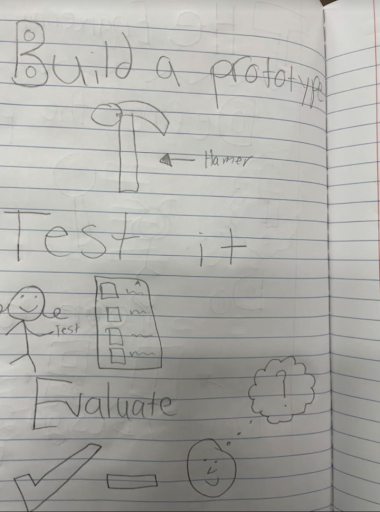
We also give students multiple examples of daily inventions that took many trials before they became the items we are familiar with today. Of course, the most used and obvious example is the lightbulb. (I know this can be problematic for some people, so I do make sure students understand that many people also worked on inventing the lightbulb and even Edison had other people in his own lab working with him.) The airplane, the telephone, and Ford’s Model T are other famous examples. STEM is a process. It involves thinking, making adjustments, and problem solving. It is not like putting together a Lego set with printed instructions and only one outcome. Balloon racecars, paper LED circuits, aluminum foil boats, paper bridge challenges are all examples of lessons that use the engineering design process and force students to work through failures to find success.
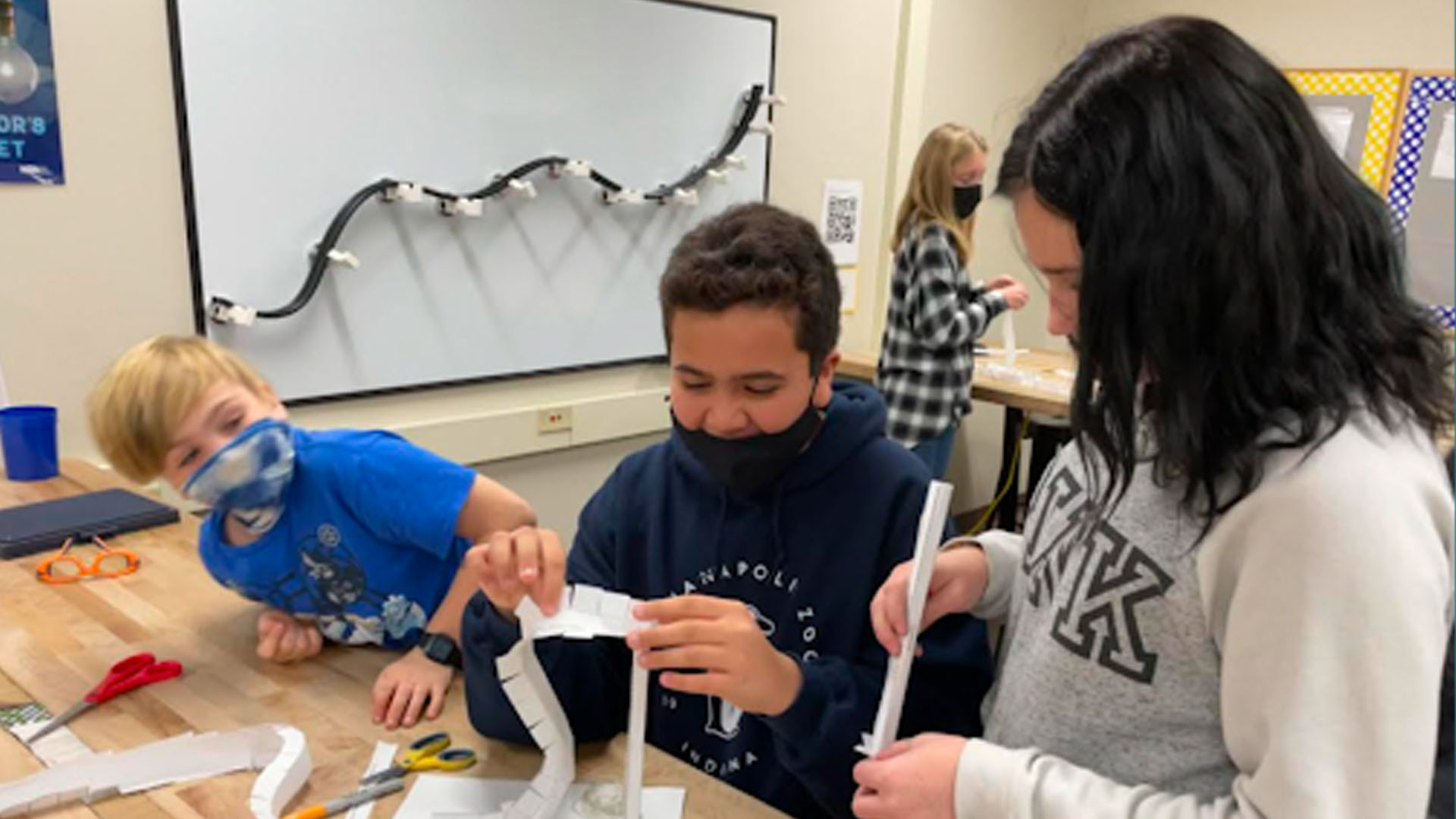
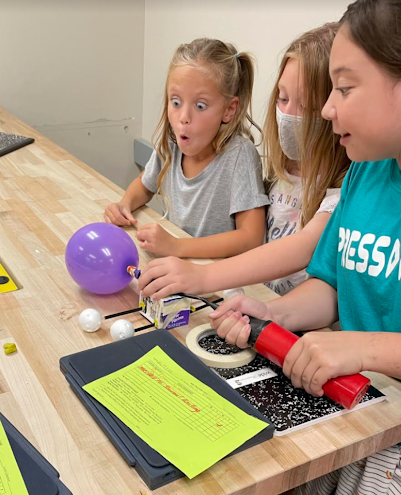
It is very important to remind students that even though their designs might fail, the students themselves are not failures.
Model Failure
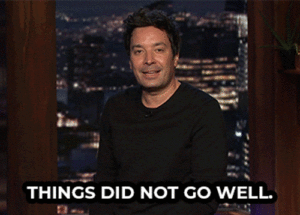 This is a hard one for some teachers. We like to be in control, and we want our students to have confidence in us. After all, it is our job to be the smartest person in the room! Here’s the thing – we are not Mary Poppins. We are not “practically perfect in every way.” Or in any way. Things happen. Technology fails. We don’t know the answer. Our carefully crafted example suddenly stops working. IT’S OKAY! Calmly walk the students through the steps for troubleshooting technology problems. Tell students you don’t know the answer. If you are trying a new lesson, tell the students you are taking a risk by trying something new. They love being guinea pigs! If it doesn’t go the way you expect it to go, talk through it with the students. If we want students to behave a certain way, we have to show them. We must make an example of ourselves.
This is a hard one for some teachers. We like to be in control, and we want our students to have confidence in us. After all, it is our job to be the smartest person in the room! Here’s the thing – we are not Mary Poppins. We are not “practically perfect in every way.” Or in any way. Things happen. Technology fails. We don’t know the answer. Our carefully crafted example suddenly stops working. IT’S OKAY! Calmly walk the students through the steps for troubleshooting technology problems. Tell students you don’t know the answer. If you are trying a new lesson, tell the students you are taking a risk by trying something new. They love being guinea pigs! If it doesn’t go the way you expect it to go, talk through it with the students. If we want students to behave a certain way, we have to show them. We must make an example of ourselves.
The Power of Yet
I used to be THAT teacher. You know, the one who would tell students they couldn’t say “Can’t”? The one the students would roll their eyes at because they were right, and I was wrong, because they really couldn’t? I am not that teacher anymore. Now we learn about the word YET. It is three little words, but it is so powerful. A student says, “I can’t do this.” I tell them they are correct. “You can’t do this YET.” Then we talk about the things they need to learn or do to make it happen. Instead of just a trite saying, “Don’t say can’t,” students know I am listening to them and we are working together toward a solution.
There is Beauty in the Struggle
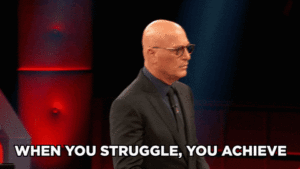 It can be hard to watch our students fail and struggle, and it can be even harder to not jump in and try to tell them how to do it, or even do it for them, but there is so much more satisfaction for them and for us when they finally figure it out. There is nothing better than hearing an excited squeal or a loud “It works!” when a troublesome car starts rolling or a stubborn circuit lights up. Our students might not grow up to be coders, scientists, or engineers, but they will face problems, and we can help them learn how to solve them without the meltdowns.
It can be hard to watch our students fail and struggle, and it can be even harder to not jump in and try to tell them how to do it, or even do it for them, but there is so much more satisfaction for them and for us when they finally figure it out. There is nothing better than hearing an excited squeal or a loud “It works!” when a troublesome car starts rolling or a stubborn circuit lights up. Our students might not grow up to be coders, scientists, or engineers, but they will face problems, and we can help them learn how to solve them without the meltdowns.

SUCCESS!!
Resources
Please login or register to claim PGPs.
Alternatively, you may use the PGP Request Form if you prefer to not register an account.


